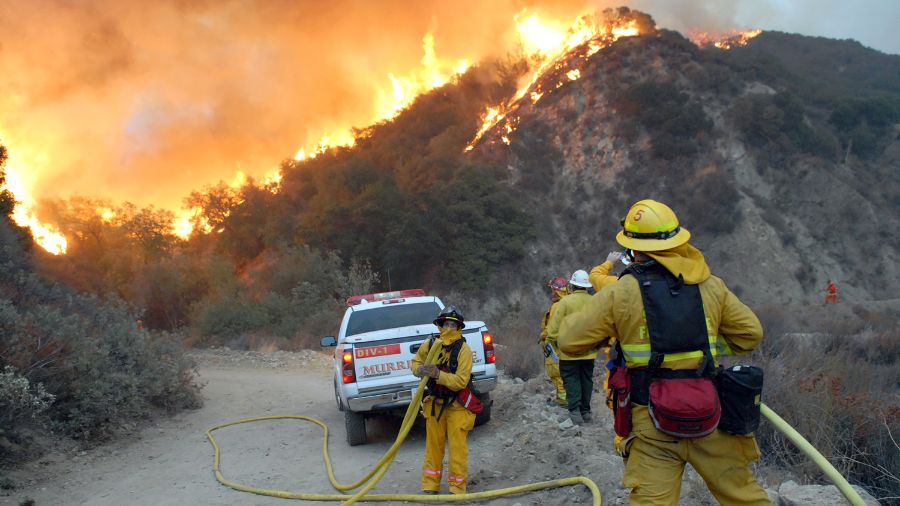UW scientists will head east to study the solar eclipse
Apr 4, 2024, 11:29 AM

SAN SALVADOR, EL SALVADOR - 2023/10/14: A partial solar eclipse is seen in San Salvador. (Photo by Camilo Freedman/SOPA Images/LightRocket via Getty Images)
(Photo by Camilo Freedman/SOPA Images/LightRocket via Getty Images)
On Monday, a momentous event will unfold across large parts of the U.S. — the total solar eclipse of 2024.
This celestial phenomenon is anticipated to surpass the 2017 eclipse in significance, and it won’t grace American skies again until 2044.
Among the travelers converging to witness this cosmic spectacle is Baptiste Journaux, a research assistant professor of Earth and space sciences at the University of Washington (UW) and four graduate students.
The full eclipse will be seen in places like Uvalde, Texas. The eclipse’s trajectory will then sweep through Arkansas, Missouri, Illinois, Ohio and New York state before bidding farewell to the U.S. over Maine at 12:30 p.m. Pacific Time.
Related news: Doctor outlines danger for your eyes as solar eclipse approaches
Seattle, although on the outer edge of the eclipse’s effects, will witness a subtle darkening of the skies — approximately 20% below regular levels.
Baptiste Journaux’s astronomical expedition to the solar eclipse
Journaux embarks on a mission that blends insights from experiments and space missions to unravel the mysteries of Earth, other planets, and moons within our solar system.
His secret weapon for this journey? A specialized telescope — one that will unveil the sun and its surrounding skies uniquely during the solar eclipse.
“Our specialized telescope allows us to observe the sun in a single wavelength of hydrogen — the sun’s primary constituent,” Journaux told UW News. “Through this instrument, we’ll capture detailed images of the sun’s surface features as the eclipse progresses. Our journey began with sun images taken from the UW campus, and now we’re poised for an extraordinary cosmic encounter.”
In the field on the trip of a lifetime
Journaux said the trip’s primary aim is to witness the eclipse within the totality zone, ideally with minimal cloud interference. This eclipse will last significantly longer than the 2017 event—over 4 minutes.
“Our current target lies somewhere along the border between Arkansas and Oklahoma. We’ll be there from Sunday, and our final location on Monday hinges on last-minute weather assessments,” Journaux told UW News. “Our goal is to secure the best chances of minimal cloud cover. The choice of this general area factors in flight prices and low population density to avoid traffic congestion.”
During totality, the sky will darken dramatically, revealing Mercury, Venus, Mars, Jupiter and Saturn flanking both sides of the sun.
AP Solar eclipse photos: Total solar eclipses through the decades
“As the sun approaches its activity maximum in the roughly 11-year solar cycle, we anticipate observing additional solar features,” Journaux explained. “Among them are large plasma bridges called prominences, suspended above the sun’s surface by its powerful magnetic field.”
According to the Center for Science Education, solar prominences are large, loop-like structures on the edge of the solar disk that sometimes stand out brightly against the dark background of space.
Although prominences appear very bright and hot, they are much cooler and denser than the surrounding plasma in the Sun’s corona. Prominences are shaped by the Sun’s complex magnetic field, often forming loops with each end anchored to the Sun’s surface. Prominences are enormous, extending out thousands of miles.
Bill Kaczaraba is a content editor at MyNorthwest. You can read his stories here. Follow Bill on X, formerly known as Twitter, here and email him here.













